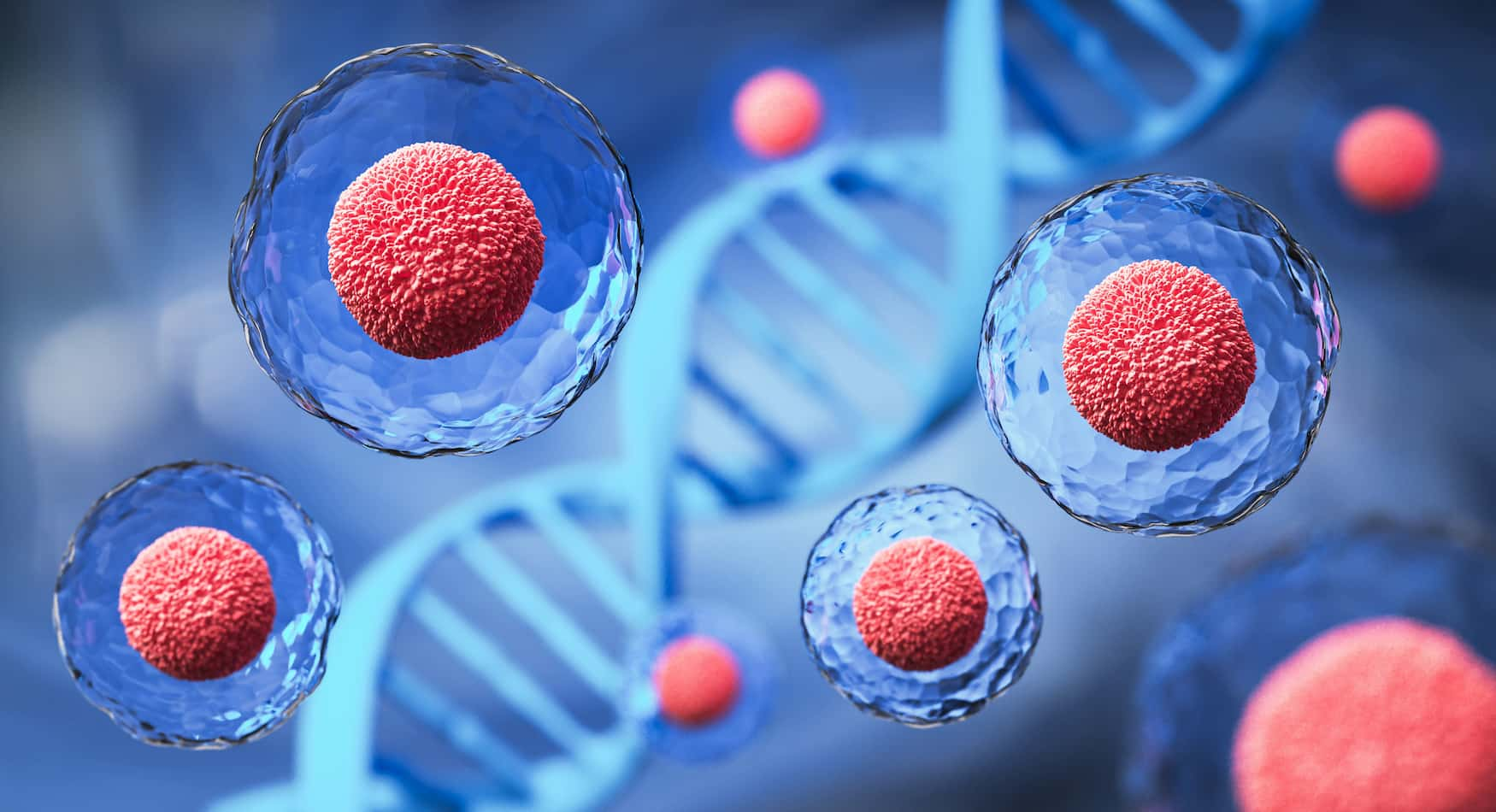
Stem Cell Therapy for Parkinson’s Disease
Parkinson’s disease is a progressive neurological ailment that can have a detrimental influence on a person’s movement, speech, and cognitive function. It is brought on by the death of neurons in the brain that are responsible for generating dopamine, which then leads to a lack of this neurotransmitter being produced. Even though there is not yet a medicine that may completely reverse Parkinson’s disease, stem cell therapy is showing a lot of promise as a potential treatment for the symptoms of the condition.
Stem cells are cells that have the potential to develop into a wide variety of different cell types seen throughout the body but have not yet experienced the differentiation process required to do so. The therapy of Parkinson’s disease can make use of a wide range of distinct types of stem cells, each of which exhibits unique characteristics and has the potential to be put to a variety of different functions. In the paragraphs that follow, we will discuss the many different kinds of stem cells that are used in the treatment of Parkinson’s disease.
Why Do You Need Stem Cell Therapy For Parkinson’s Disease?
Stem cell therapy for Parkinson’s disease is still in the early stages of development, and more research is needed to determine its safety and efficacy in humans. However, the potential benefits of stem cell therapy are numerous. Stem cell therapy has the potential to replace lost dopamine-producing neurons in the brain, which could lead to improvements in motor function and a reduction in symptoms. It could also reduce inflammation in the brain, which is thought to play a role in the progression of Parkinson’s disease.
One of the challenges of stem cell therapy for Parkinson’s disease is that the transplanted cells must survive and integrate into the existing neural network in the brain. This is especially challenging given the complex and delicate nature of the brain. In addition, the transplanted cells must be able to produce dopamine in a regulated manner, as excessive dopamine production can lead to dyskinesias (abnormal involuntary movements).
Another challenge is the risk of immune rejection. Embryonic stem cells and iPSCs have the potential to be rejected by the patient’s immune system, which could limit their effectiveness. Mesenchymal stem cells, on the other hand, are less likely to be rejected by the immune system, as they have immunomodulatory properties that can reduce inflammation and prevent immune rejection.
Despite these challenges, stem cell therapy holds great promise as a potential treatment for Parkinson’s disease. It could potentially slow or even halt the progression of the disease, and improve the quality of life for people with Parkinson’s disease. As research in this area continues, we may see stem cell therapy become an increasingly important tool in the fight against Parkinson’s disease.

Embryonic Stem Cells
Embryonic stem cells (ESCs) are derived from embryos that are just a few days old. They are pluripotent, meaning they can differentiate into any type of cell in the body. ESCs have the potential to replace dopamine-producing neurons that are lost in Parkinson’s disease. They are effective in animal models of Parkinson’s disease, but their use in humans is controversial due to ethical concerns.
Induced Pluripotent Stem Cells
Induced pluripotent stem cells (iPSCs) are adult cells that have been reprogrammed to an embryonic-like state. Like ESCs, iPSCs are pluripotent and can differentiate into any type of cell in the body. They have the potential to be used in Parkinson’s disease therapy, as they can be derived from a patient’s cells, reducing the risk of immune rejection.
Mesenchymal Stem Cells
Mesenchymal stem cells (MSCs) are adult stem cells that can differentiate into bone, cartilage, and fat cells. They also can secrete growth factors and anti-inflammatory molecules that can promote tissue repair and reduce inflammation. MSCs have been shown to improve motor function and reduce inflammation in animal models of Parkinson’s disease.
Neural Stem Cells
Neural stem cells (NSCs) are specialized stem cells that can differentiate into neurons and glial cells in the nervous system. They have the potential to replace dopamine-producing neurons that are lost in Parkinson’s disease. NSCs have been shown to improve motor function and reduce inflammation in animal models of Parkinson’s disease.
Olfactory Ensheathing Cells
Olfactory ensheathing cells (OECs) are specialized cells that support the growth and regeneration of olfactory neurons in the nose. They can promote nerve regeneration and repair. OECs have been shown to improve motor function and reduce inflammation in animal models of Parkinson’s disease.
In conclusion, stem cell therapy has shown promise in treating the symptoms of Parkinson’s disease. The different types of stem cells used in Parkinson’s disease therapy have unique properties and potential applications. While more research is needed to determine the safety and efficacy of stem cell therapy in humans, it holds great promise as a potential treatment for Parkinson’s disease.
The Study of Stem Cell Therapy For Parkinson’s Disease
According to a study published in the Journal of Parkinson’s Disease, a clinical trial involving the use of induced pluripotent stem cells (iPSCs) in patients with Parkinson’s disease demonstrated promising results. In the trial, iPSCs were derived from the patient’s cells, reducing the risk of immune rejection. These iPSCs were then differentiated into dopamine-producing neurons and transplanted into the brains of the patients. The study reported significant improvements in motor function and a reduction in Parkinson’s disease symptoms in the treated patients, highlighting the potential of iPSC-based stem cell therapy as a viable treatment option.
Benefits of Stem Cell Therapy for Parkinson’s Disease
Stem cell therapy has the potential to offer several benefits for people with Parkinson’s disease. These benefits include:
Replacing lost dopamine-producing neurons: Stem cell therapy has the potential to replace dopamine-producing neurons that are lost in Parkinson’s disease. This could lead to improvements in motor function and a reduction in symptoms, such as tremors, stiffness, and bradykinesia.
Slowing or halting the progression of the disease: Stem cell therapy could potentially slow or even halt the progression of Parkinson’s disease. This could help to preserve motor function and improve the quality of life for people with Parkinson’s disease.
Reducing inflammation: Stem cell therapy has been shown to have anti-inflammatory properties, which could help to reduce inflammation in the brain. Inflammation is thought to play a role in the progression of Parkinson’s disease, so reducing inflammation could potentially slow the progression of the disease.
Potential for long-lasting effects: Stem cell therapy has the potential to offer long-lasting effects, as the transplanted cells can differentiate into dopamine-producing neurons and integrate into the existing neural network in the brain.
Reduced risk of immune rejection: Mesenchymal stem cells, in particular, have immunomodulatory properties that can reduce inflammation and prevent immune rejection. This could potentially reduce the risk of immune rejection and make stem cell therapy a more viable option for people with Parkinson’s disease.
Healthy Türkiye Notes
The use of stem cell therapy in general holds a great deal of promise for the development of a Parkinson’s disease treatment shortly. Even though additional research is required to determine its safety and usefulness in people, preliminary tests have suggested favorable findings, suggesting that further inquiry is necessary. This is even though there is a need for additional investigation. The treatment of Parkinson’s disease using stem cells has the potential to become an increasingly important weapon in the fight against Parkinson’s disease as stem cell research continues to progress. Stem cells can treat Parkinson’s disease.



